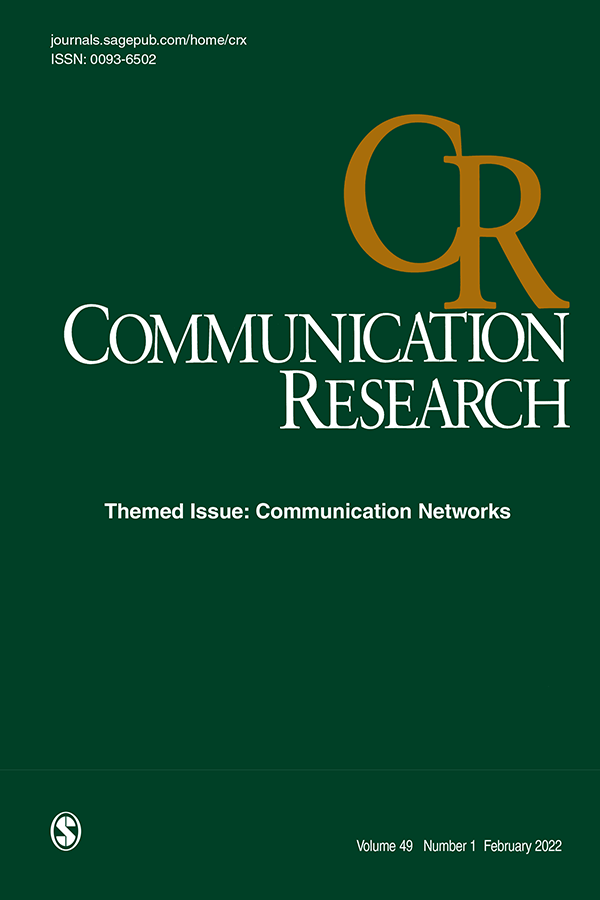青少年的数字夜生活:白天和夜间使用智能手机对睡眠质量的影响比较
IF 3.2
1区 文学
Q1 COMMUNICATION
引用次数: 0
摘要
在青少年的日常生活中,智能手机占据了很大一部分时间,从他们起床的那一刻开始,到有些人上床睡觉之后。本研究比较了青少年在白天、睡前和睡后使用智能手机对其睡眠质量的影响。此外,研究还探讨了智能手机应用程序 "向后倾斜 "和 "向前倾斜 "的不同影响。我们通过智能手机跟踪(745,706 次应用程序活动)和经验取样(1,950 次睡眠质量评估),收集了 155 名青少年 21 天的数据。我们发现,白天和睡前使用智能手机对睡眠质量没有明显影响,但睡后使用智能手机与睡眠质量呈负相关(β = -.09)。智能手机的使用与睡眠质量之间的关系因应用类别而异:睡前使用前倾型应用程序(如睡前使用社交媒体应用程序)(β = -.08)和睡后使用游戏应用程序(β = -.23)的时间与较低的睡眠质量有关。在睡前和睡后使用靠背应用程序(即视频播放器)与睡眠质量无关。本文章由计算机程序翻译,如有差异,请以英文原文为准。
Adolescents’ Digital Nightlife: The Comparative Effects of Day- and Nighttime Smartphone Use on Sleep Quality
The smartphone occupies a substantial part of adolescents’ daily life, from the moment they wake up to, for some, well beyond their bedtime. The current study compared the impact of adolescents’ daytime, pre-bedtime, and post-bedtime smartphone use on their sleep quality. In addition, it explored the differential effects of lean-back and lean-forward smartphone apps. We collected data from 155 adolescents across 21 days using smartphone tracking (745,706 app activities) in combination with experience sampling (1,950 sleep quality assessments). We found no significant effects of daytime and pre-bedtime smartphone use on sleep quality, but a negative association of post-bedtime smartphone use with sleep quality (β = −.09). The association between smartphone use and sleep quality varied across app categories: Time spent on lean-forward apps around bedtime, such as social media apps right before (β = −.08) and game apps after bedtime (β = −.23), was associated with lower sleep quality. The use of lean-back apps (i.e., video players) was not associated with sleep quality, neither before nor after bedtime.
求助全文
通过发布文献求助,成功后即可免费获取论文全文。
去求助
来源期刊

Communication Research
COMMUNICATION-
CiteScore
17.10
自引率
0.00%
发文量
20
期刊介绍:
Empirical research in communication began in the 20th century, and there are more researchers pursuing answers to communication questions today than at any other time. The editorial goal of Communication Research is to offer a special opportunity for reflection and change in the new millennium. To qualify for publication, research should, first, be explicitly tied to some form of communication; second, be theoretically driven with results that inform theory; third, use the most rigorous empirical methods; and fourth, be directly linked to the most important problems and issues facing humankind. Critieria do not privilege any particular context; indeed, we believe that the key problems facing humankind occur in close relationships, groups, organiations, and cultures.
 求助内容:
求助内容: 应助结果提醒方式:
应助结果提醒方式:


